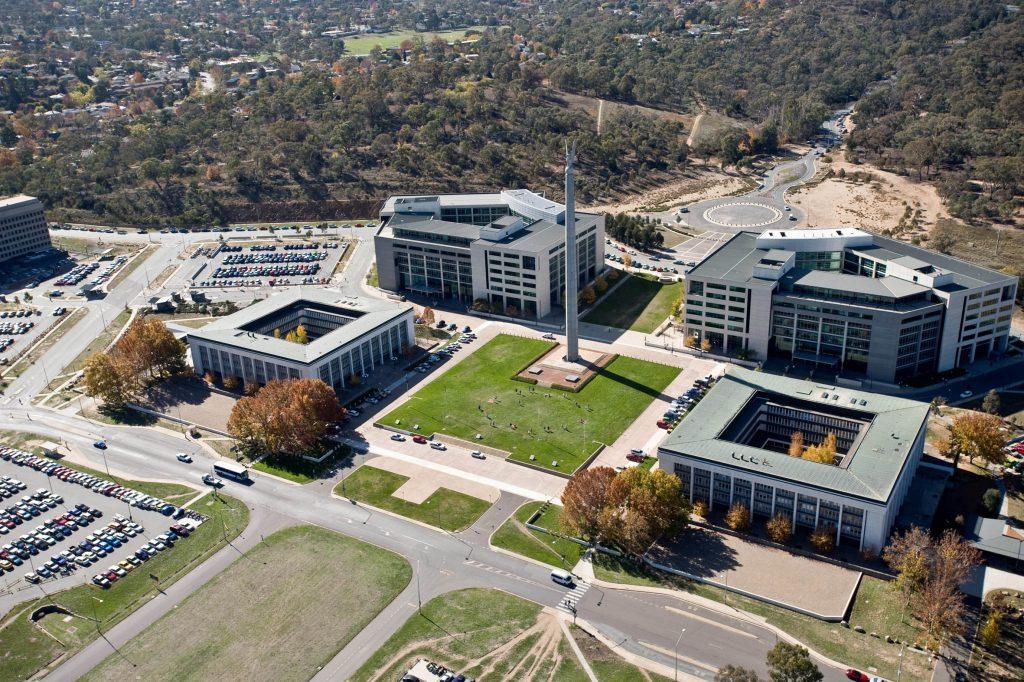
The Australian Defence Force is on the cusp of a revolution as it prepares to reorganise for cyber-enabled warfare. The military cyber shake-up coming many years late brings big problems and some windfall gains.
In 2016, the government set out, in broad terms, its intent and its understanding of what was needed. The Defence White Paper provided for an infusion of cyber talent into the Defence organization (1700 new positions over a number of years), supported by an unspecified slice of $400 million in new money. A month later, Malcolm Turnbull acknowledged that Australia had the capability for offensive cyber military operations. By November, the new Minister for Cyber Security, Dan Tehan, completed the ideas roll-out by warning Australians for the first time that the country must prepare for a ’cyber storm’.
The ADF is developing new command arrangements and new doctrines for cyber-enabled warfare, and key announcements are expected by mid-year. It’s not too soon. Australia lags behind many other nations in this area at a time when the intensifying frequency of cyber attacks sits on a blurred boundary between peacetime sabotage and political subversion on one hand and acts of war on the other. Senator John McCain and other members of Congress have described Russian political hacking in the United States as an ‘act of war’ and authoritative press reports say the US has used cyber attacks to sabotage North Korean ballistic missile tests. The claims follow public US admissions that its military capabilities include cyber sabotage of ballistic missiles in pre-launch and post-launch phases.
The impending changes to ADF structure and planning are two decades overdue. The military potential of cyber-enabled war was recognised by the US in organisational and doctrinal reforms in the mid-1990s. These were briefed to Australian defence chiefs by Admiral Bill Owens, then Vice Chairman of the Joint Chiefs of Staff, around the time he co-authored with Harvard’s Joe Nye a seminal journal article on military strategies of information dominance and their impact on strategic policy.
As one of my students wrote recently, ’Australia is yet to effectively adapt to the impact cyberspace is having on modern warfare in the information age, exposing a policy and doctrinal gap that fails to recognise the fundamental role of information dominance’. He described this attitude aptly as ‘societal avoidance’ of the phenomenon.
While the delay carries with it inevitable penalties in military preparedness, Australia has been spared the most serious negative impacts since we have not been involved in a major war with a high tech enemy in the meantime. Notably in our war with the Islamic State terror group, the Prime Minister went public with his view in January 2016 that the US-led coalition was losing the battle in cyberspace. This can have only one meaning: the coalition security forces (including the ADF) did not exploit as fully as they should have the opportunities for digital war against the political operations of the enemy in the theatre of operations and beyond.
So what lies ahead as the ADF takes up the cyber military revolution? It will definitely benefit from a late start. The world is at the dawn of the cyber age and highly consequential military technologies are still continuing to emerge rapidly. Even Russia and China have been late to the cyber military revolution, though they got there earlier than Australia.
The reform task will be monumental. The organizational changes expected to be announced soon will be the easy part. The challenge will be how we raise, train and sustain our new cyber forces.
The Defence Organisation admits that it has been perennially challenged to roll out modern information technologies on a large scale. If the ADF makes revolutionary changes across the full spectrum of ’raise, train and sustain’ for cyber-enabled war, the Defence Department will need to make corresponding changes not only to its management of IT, but also its political strategy for prosecuting such wars. The department may need its own Digital Transformation Office.
Malcolm Turnbull is the first Australian prime minister in office to provide strong public leadership on the revolutionary potential of the knowledge economy, including its military applications. The character of this transformation brings social costs along with opportunities. In delivering the wholesale change necessary for the ADF to wage cyber enabled war, Turnbull must be prepared to outflank inevitable opposition to the upending of traditional arrangements and priorities. This’ll be as true for obstacles raised within the ADF and the Defence organisation as for those raised in the government.
As the cyber military changes gather pace, they’ll require more money and more skilled personnel. To meet these costs, it’s likely that Australia will have to revise current spending plans for future major weapons platforms. The battle for cyber capability in the ADF is just beginning. And it will need a politically skilled political and military leadership to see it through.